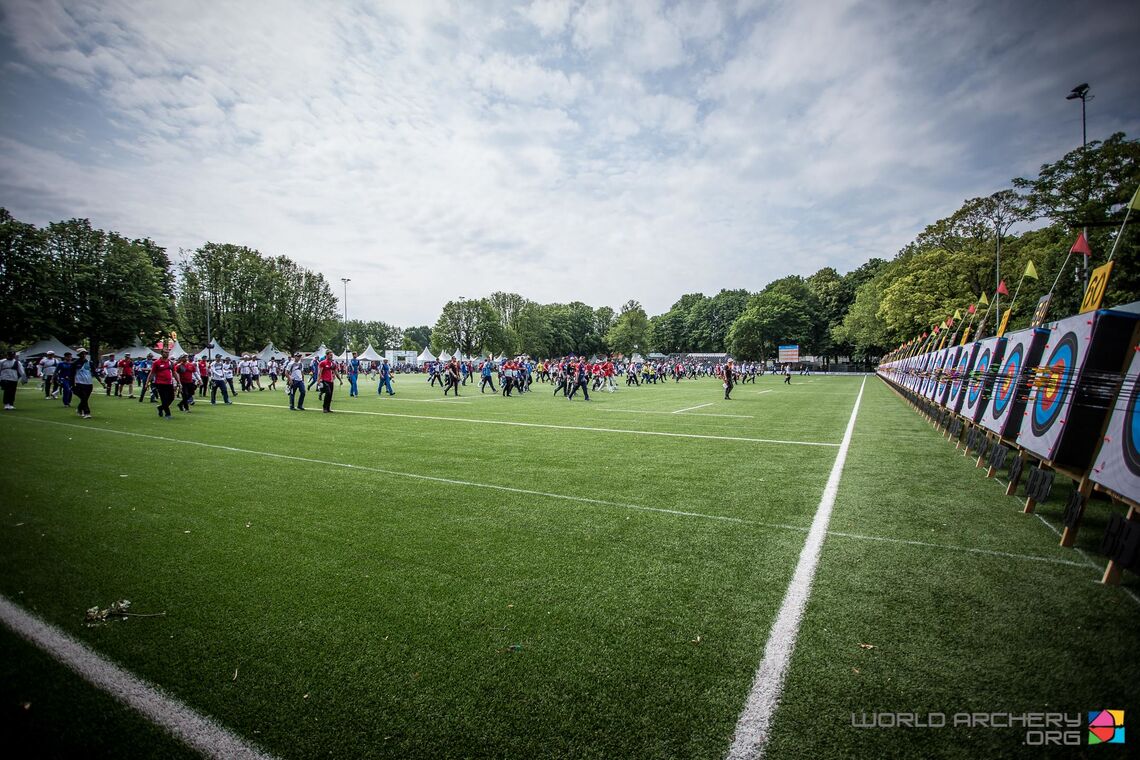
Disciplines
Target, field and 3D are all disciplines of archery.
World Archery recognises and regulates several disciplines of the sport, including target archery, indoor archery, field archery, para archery, 3D archery, flight archery, ski archery and run archery.
Target archery, which is the discipline of shooting arrows at circular targets at a fixed distance, is the most widely known due to its inclusion on the programme of the Olympic Games, Paralympic Games and World Games.
Official rules for international events in each of the disciplines are available in the World Archery Rulebook. There are also many local and regional variations to the rules, which may be regulated by national archery federations.
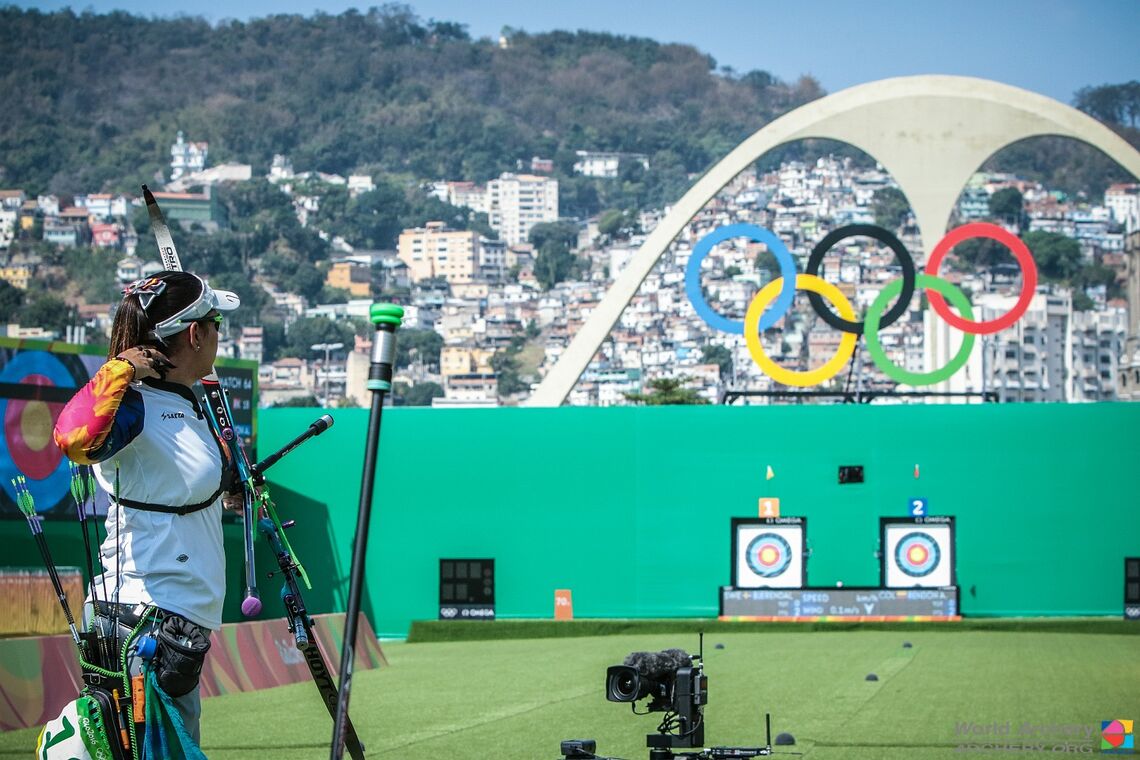
Target archery
Target archery is the discipline of shooting at stationary circular targets set at specific distances.
The competition rounds at international events use the recognisable yellow, red, blue, black and white targets set at distances of 70 metres for recurve archers and 50 metres for compound archers. Other internationally recognised formats, like the 1440 Round, use distances of 90, 70, 60, 50 and 30 metres.
The earliest known target archery competition took place in Finsbury Park, Great Britain, in 1583.
World Archery organises an outdoor target archery world championships, which is called the World Archery Championships. Held every two years, it is considered the sport’s pinnacle event. The World Archery Championships was first held in 1931.
Target archery is also the discipline used for the Archery World Cup, which is the sport’s annual international competition circuit for national teams. The outdoor season usually lasts from April to September.
The archery competitions at the Olympic Games, Paralympic Games and some at the World Games use the target archery discipline.
Read more about target archery.
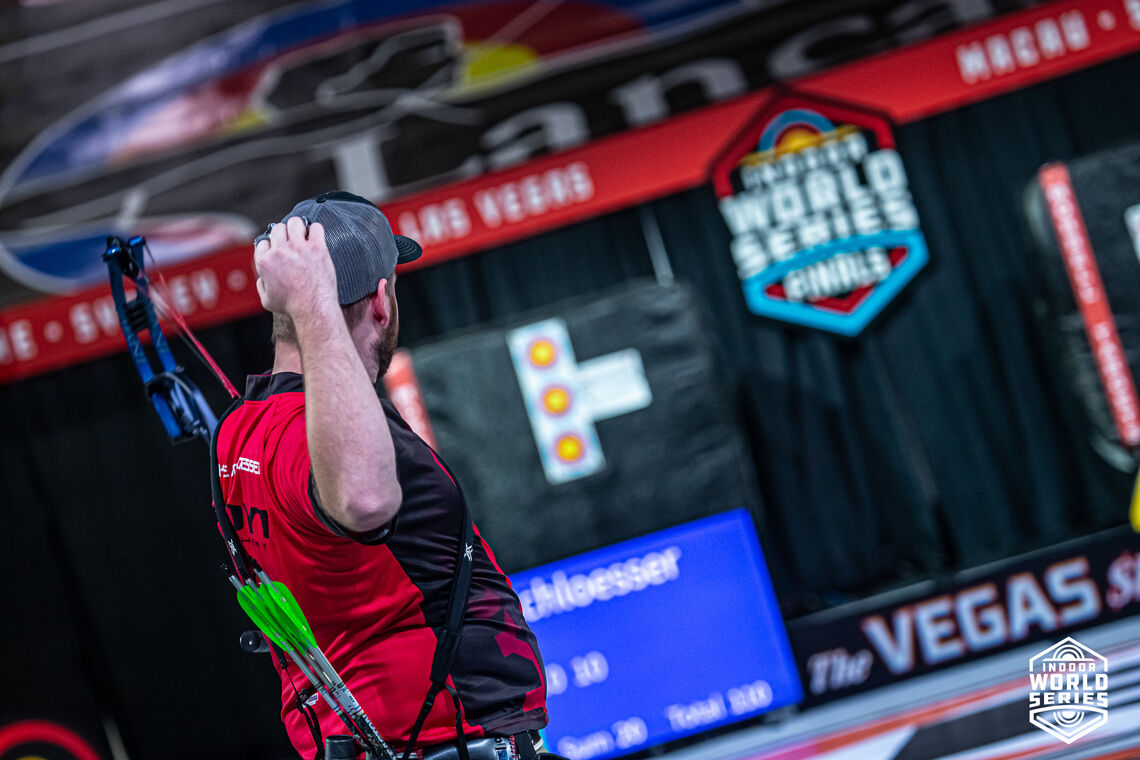
Indoor archery
Indoor archery is the discipline of target archery when practised indoors.
The competition rounds used at international events use smaller versions of the recognisable yellow, red, blue, black and white targets, typically set a distance of 18 metres for both recurve and compound archers. Other internationally recognised formats include rounds shot over 25 metres.
World Archery organised 14 editions of the indoor archery world championships, which was called the World Archery Indoor Championships, from 1991 to 2018. It was removed from the international calendar in favour of the Indoor Archery World Series, which is the sport’s annual mass-participation competition circuit, open to all archers. The indoor season usually lasts from October to March.
Read more about indoor archery.
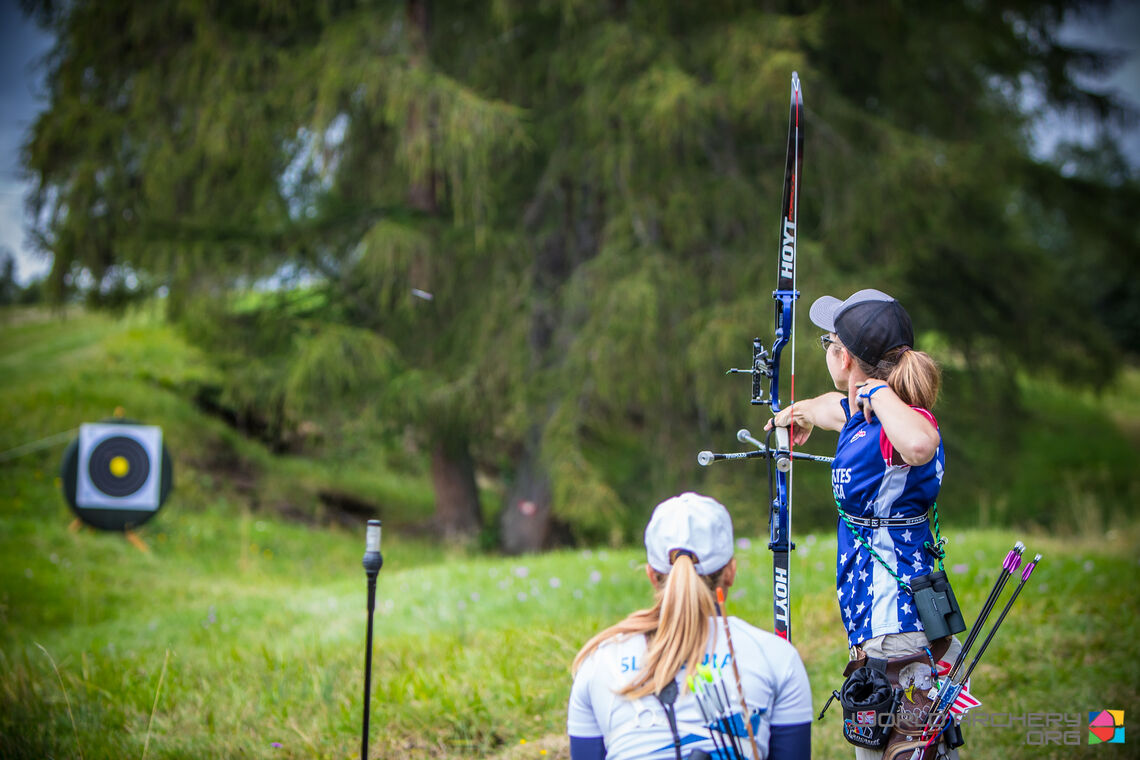
Field archery
Field archery is the discipline of shooting at stationary circular targets of different sizes set at varying distances, heights and angles around a course.
The competition rounds used at international events use a yellow and black target set at distances between 5 and 60 metres for recurve, compound and barebow archers. The distances of the targets can be marked (known by the archer) or unmarked (unknown by the archer).
World Archery organises a field archery world championships, which is called the World Archery Field Championships, every two years. It was first held in 1969.
Some of the archery competitions at the World Games use the field archery discipline.
Read more about field archery.
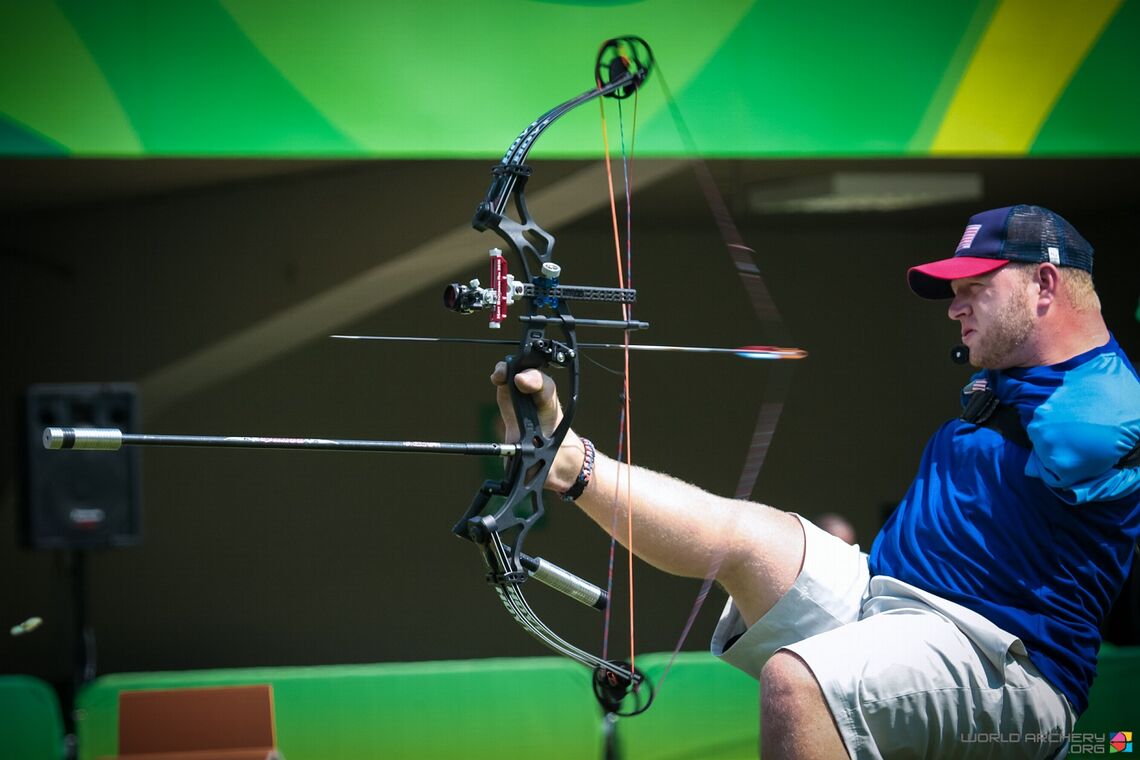
Para archery
Para archery is the discipline of target archery for athletes classified with an impairment.
The competition rounds used at international events are identical to the target archery discipline for recurve and compound archers. Para archery recognises W1 and visually impaired as additional competition categories, with specific rules.
Para archers often make use of assistive devices, ranging from mouth tabs to custom-release aids or wheelchairs, to level the playing field. Classified athletes may also compete with able-bodied athletes in target archery events using their assistive devices.
Archery is rooted in the history of the Paralympic movement. The sport was used as a rehabilitation activity at Stoke Mandeville Hospital, which inspired the creation of the Paralympic Games. Archery has featured on the Paralympic programme since the first edition of the Games in 1960.
World Archery organises a para archery world championships, which is called the World Archery Para Championships, every two years. It was first held by the International Paralympic Committee in 1998; ownership was transferred to World Archery in 2009.
Read more about para archery or classification.
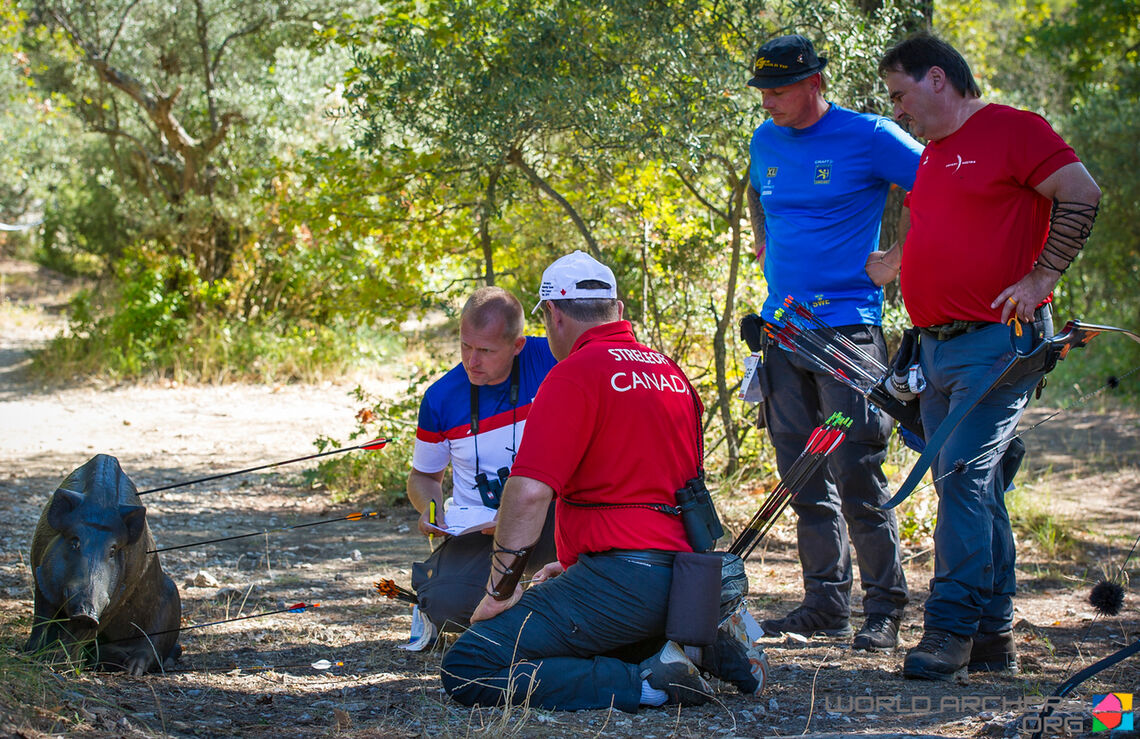
3D archery
3D archery is the discipline of shooting at stationary foam targets in the shapes of different animals set at varying distances, heights and angles around a course.
World Archery organises a 3D archery world championships, which is called the World Archery 3D Championships, every two years. It was first held in 2003.
Other disciplines
World Archery also recognises flight archery, ski archery and run archery in its rules.
Flight archery is the discipline of shooting arrows as far as possible using a very specific, and well-defined, set of equipment. It has a strong history in Turkey and the Ottoman Empire. The all-time record with a hand-held bow is 1222 metres, set by the USA’s Don Brown in 1987. World Archery has never organised a world championships for flight archery, but it does maintain world records.
Ski archery is the discipline that combines cross-country skiing with archery, similar to biathlon. The rules recognise use of a simple recurve bow, and athletes ski between target stations. World Archery has organised world championships for ski archery, but the event isn't currently on the international calendar.
Run archery is the discipline that combines cross-country running with archery. The rules recognise use of a simple recurve bow, and athletes run between target stations. World Archery has never organised a world championships for run archery.
Additional archery disciplines not recognised in the World Archery Rulebook include clout archery, which is the practice of shooting at long distances toward a large target marked with flags and rope on the ground, and popinjay, which is the practice of shooting at 3D bird targets on poles with history dating back to the 1400s.